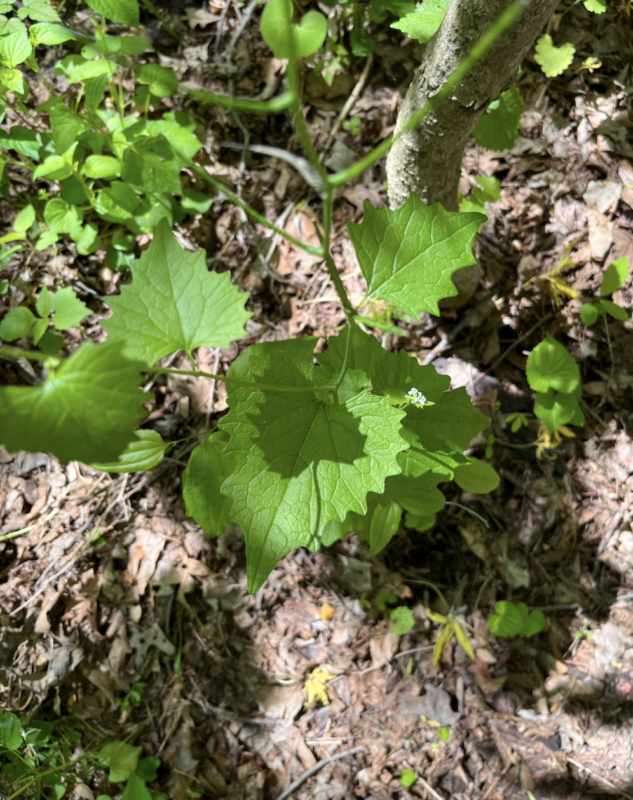1. The geology of Ohio can be broadly categorized into two main sections: western Ohio and eastern Ohio. Western Ohio is characterized by underlying limestone, while eastern Ohio is predominantly composed of sandstone and shale. Limestone is a more soluble rock, leading to distinct topography such as plains and valleys in western Ohio. In contrast, the presence of sandstone and shale in eastern Ohio contributes to the formation of hilly landscapes and sandstone hills.
2. Approximately 200 million years ago, Ohio had a sequence of sedimentary rock strata. The layers, from bottom to top, consisted of limestone, shale, and sandstone. Over time, tectonic forces uplifted the limestone layers, creating an arch-shaped structure. The crest of the arch, formed by the oldest limestone layer, stretches from north to south in western Ohio. The toe of the arch, composed of sandstone, is located in eastern Ohio. The Teays River was a significant river system that flowed through Ohio for millions of years, eroding the landscape and shaping valleys. However, the advance of Pleistocene glaciers eventually halted the activities of the Teays River.
3. The Pleistocene glaciers entered Ohio a few hundred thousand years ago, and their progress was impeded by the presence of steep-sided sandhills in eastern Ohio. These sandhills acted as natural barriers, causing the glaciers to slow down and creating a glacial boundary that cuts across Ohio. The glacial boundary can be depicted on a map of Ohio, marking the limit of glacial advance.
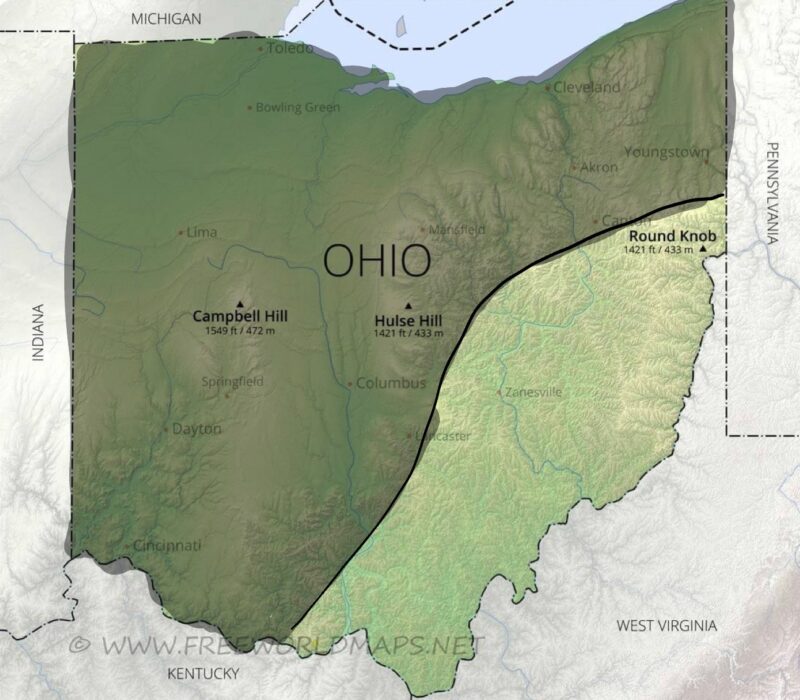
4. Glacial till refers to the unsorted mixture of sediment, including silt, clay, sand, and boulders, that is deposited by melting glaciers. It is a result of the material picked up and transported by the glaciers. In general, glacial till is composed of various materials and can differ in composition between eastern and western Ohio. In western Ohio, the glacial till contains more lime and clay due to the presence of limestone bedrock. In eastern Ohio, the glacial till has less clay and lime, except near the margins of siltstone hills.
5. The substrate for plants in western Ohio is primarily characterized by limey, clayey till. This substrate has relatively poor drainage and aeration, resulting in poorly drained conditions. However, the nutrient availability in the soil is generally abundant. In eastern Ohio, where sandstone and shale dominate, the substrate is more acidic and nutrient-poor. Additionally, the impermeable nature of the shale can lead to water runoff rather than absorption, making moisture availability a challenge for plants.
6. Certain trees and shrubs are typically limited to limestone or limey substrates. These plants have specific adaptations that enable them to thrive in limestone-rich environments. Examples are
Hop Hornbeam (Ostrya virginiana)
Nodding Thistle (Carduus nutans)
Redbud (Cercis canadensis),
Snow Trillium (Trillium nivale)
Blue Ash (Fraxinus quadrangulata).
7. Certain trees and shrubs are typically limited to high-lime, clay-rich substrates developed in the thick glacial till of western Ohio. These plants have adapted to the nutrient-rich and clayey conditions of the glacial till. Examples are:
White Ash (Fraxinus Americana)
Beech (Fagus grandifolia)
Shagbark Hickory (Carya ovata).
Sugar Maple (Acer saccharum)
Swamp white oak (Quercus bicolor)
8. Certain trees and shrubs are typically limited to the sandstone hills of eastern Ohio. These species are adapted to the specific conditions of sandstone substrates, including the well-drained nature and often acidic properties of the soil. Examples are:
Mountain Maple (Acer spicatum)
Trailing Arbutus (Epigea repens)
Bellwort (Uvularia perfoliata)
Hemlock (Tsuga canadensis)
Scrub Pine (Pinus virginiana).
9. The distribution of each species is influenced by various factors. Sweet buckeye, for example, is absent within the glacial boundary, likely due to challenges with repopulation in the clayey, high-lime glacial tills. Hemlock, on the other hand, can be found in unglaciated eastern Ohio and extends beyond the glacial boundary. This distribution is related to the species’ preference for cool, moist environments such as the valleys in the north. Rhododendron has a distribution in the glacial boundary region, which can be attributed to its migration from the Appalachian highlands through the Teays River system to southern Ohio. The specific preferences and adaptations of each species play a significant role in determining their distribution patterns.
Invasive Species
Located within close proximity to the bustling metropolitan area of Columbus, Battelle Darby Metro Park is inevitably impacted by human activities, leading to the introduction of invasive species.
2. Garlic Mustard (Alliaria petiolata)
Garlic Mustard is a European invasive species that out-competes native plants for resources. It produces clusters of small, white flowers and its leaves give off a garlic odor when crushed.
4. Amur Honeysuckle (Lonicera maackii)

Amur Honeysuckles are an invasive species originating from Asia. They spread rapidly, choking out native Ohio vegetation. Their bright, tubular flowers attract pollinators, and their berries are dispersed by birds.
Calciphiles
1. Hackberry (Celtis occidentalis)
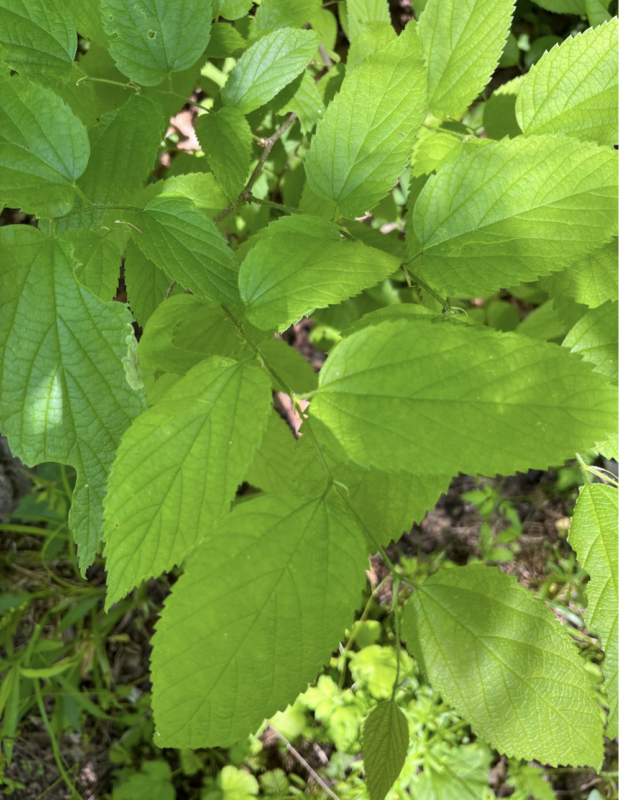
A native of Ohio, the Hackberry prefers limestone soils and can withstand a variety of environmental conditions. It’s known for its warty bark and small, dark purple fruits which are beloved by a variety of wildlife.
2. Chinquapin Oak (Quercus muehlenbergii)
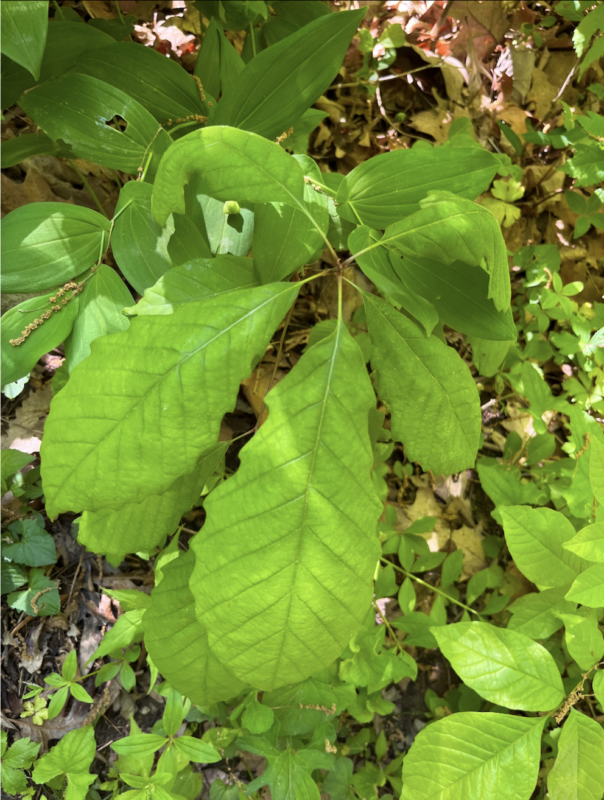
Similar to a Chestnut Oak, but with sharper teeth, this species loves well-drained limestone soils. Found primarily in the Midwest, it produces acorns that are sweet and edible. Its leaves have a distinct, coarsely-toothed appearance.
3. Blue Ash (Fraxinus quadrangulata)
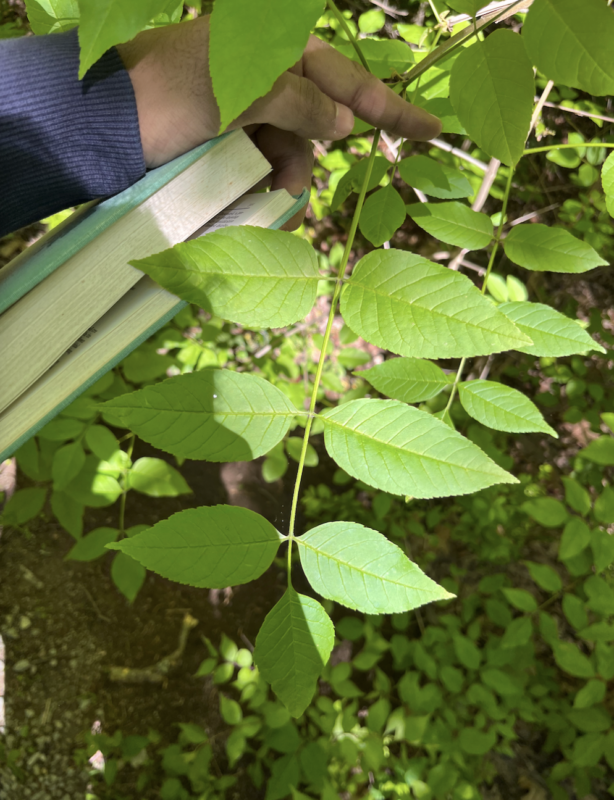
Blue Ash is a unique type of ash tree with square stems and a special liking for limestone-rich soil. It grows in woods, particularly in the Midwest and Mid-south of the United States.
4. American Columbo (Fraser caroliniensis)
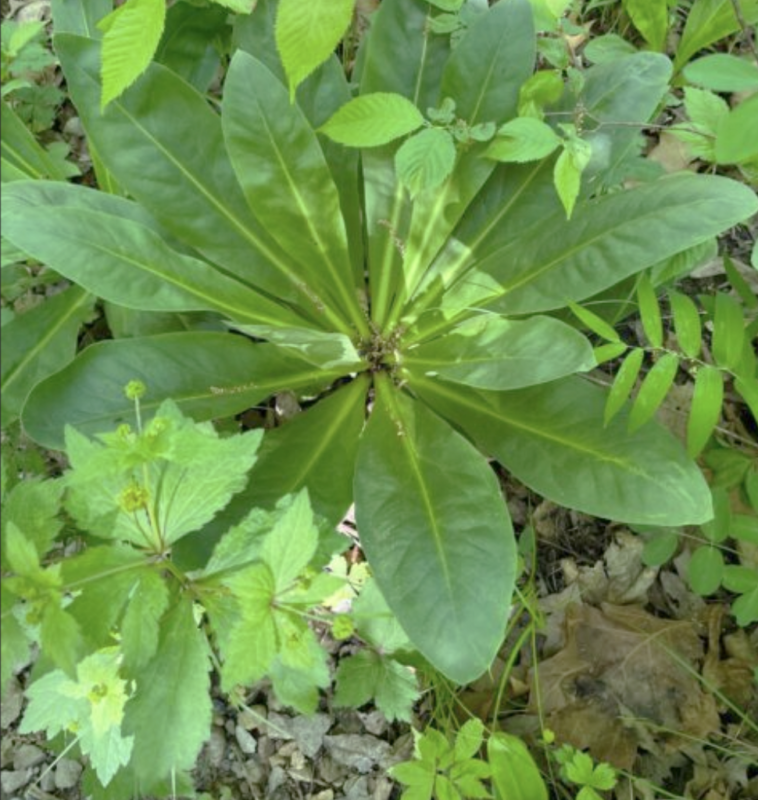
Often found in woodlands and prairies, Columbo loves limestone-rich soils. It’s a perennial plant, notable for its large rosette of leaves and tall flower stalk with clusters of star-like, greenish-yellow flowers.
Plants with Palmately Compound Leaves
Buckeye (Aesculus glabra)

The Buckeye tree is native to the United States and is characterized by its palmately compound leaves, meaning they radiate from a central point like the fingers on a hand. It produces large, shiny seeds known as ‘buckeyes’.
Buckeye
Mayapple (Podophyllum peltatum)
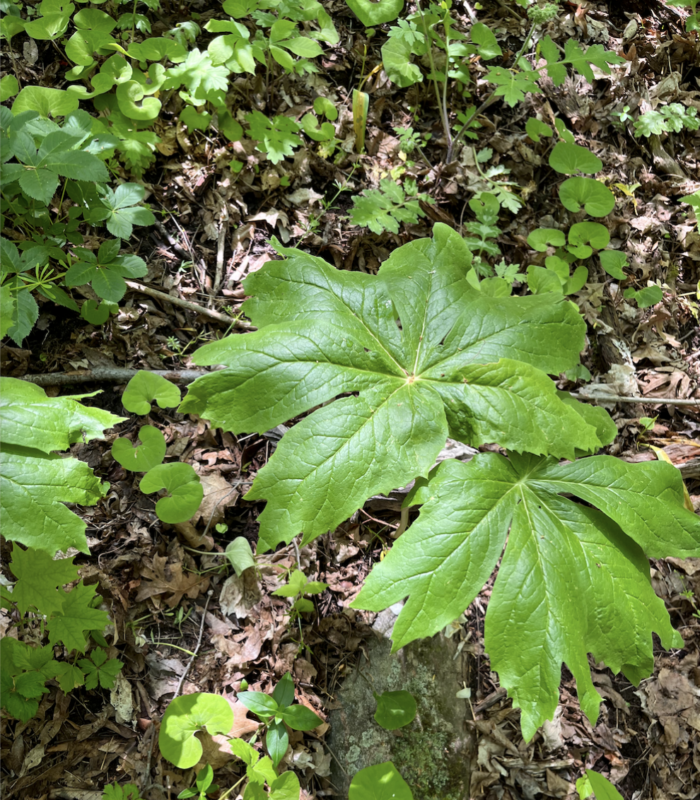
The Mayapple is a native woodland plant often found in colonies. It has palmately lobed leaves and a single, nodding white flower that blooms in May. Its fruit is a small apple-like berry, hence the common name.

